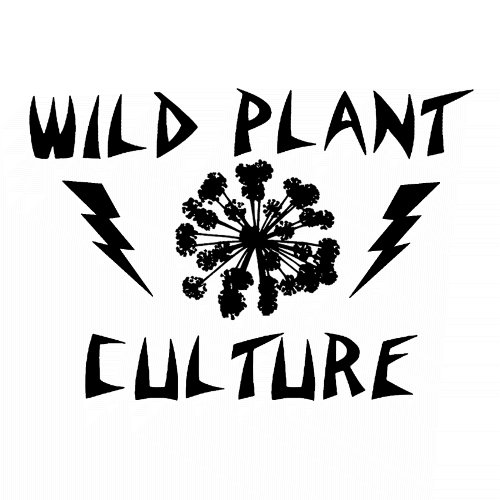Woodland Sunflower

Woodland Sunflower (Helianthus divaricatus)
We walk through glades of chestnut oak, huckleberry, and lowbush blueberry... searching. The acidic gneiss ridgeline has its own charm, but we have our eyes out for something different, a little pocket of mineral-rich rock among the heaths and oaks.
The trees are wide-spaced and thrawn, contorted by wind and claw-rooted in the glacial gravels. Then, a hint. The airy panicles of woodland brome, in a charismatic mass under pignut hickory.
Following our botanist instincts, we walk towards the brome into a glade where shallow soils clad a richer rock. Hoary mountain mint is flowering in shades of cool gray lavender, and beside it rises the woodland sunflower...
Woodland sunflower is a perennial, a relative of the annual sunflower we cultivate for seeds and for its large golden face. It favors areas of open woods and sun over stony, well-drained soils. In New Jersey, its favored sites include electrical utility corridors and steep-banked roadsides throughout the northern Highlands, as well as woodland glades.
It sports numerous large (1.5" - 3") blooms over strongly vertical stems. Its rough leaves are sessile, without leaf-stems, and this character as well as its habitat separates it from the other perennial sunflowers in our flora. It is prone to growing in colonies connected by underground rhizomes. The effect is stalwart, geometrical, and radiant.
Its broad, open flowers are well-suited to generalist pollinators, but also support a half dozen specialist pollinators of sunflowers. Its most conspicuous wildlife relationship is with goldfinches. They are energetic harvesters of the oily achenes (seeds), which ripen while the golden ray flowers persist on each bloom. Thus the bright golden hues of the finches become a camouflage of sorts, though the birds are far too exuberant to be considered cryptic.
In the naturalistic garden and restoration, woodland sunflower is well-suited to partially shaded edges over average to dry soils. It needs space, given its spreading nature, but will enhance its modest plot with years of sunny golden blooms, bees, and birds.
Some suitable companion species for building a rich glade plant community include upland boneset (Eupatorium sessilifolium), hoary mountain mint (Pyncnanthemum incanum), late purple aster (Symphyotrichum patens), wild columbine (Aquilegia canadensis), pussytoes (Antennaria plantaginifolia), New Jersey tea (Ceanothus americanus), Carolina rose (Rosa carolina), little bluestem (Schizachyrium scoparium), and hairy woodland brome (Bromus pubescens).
